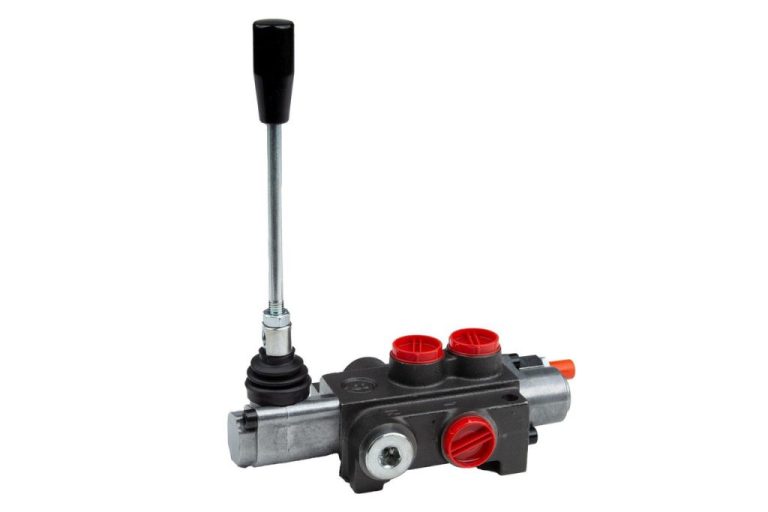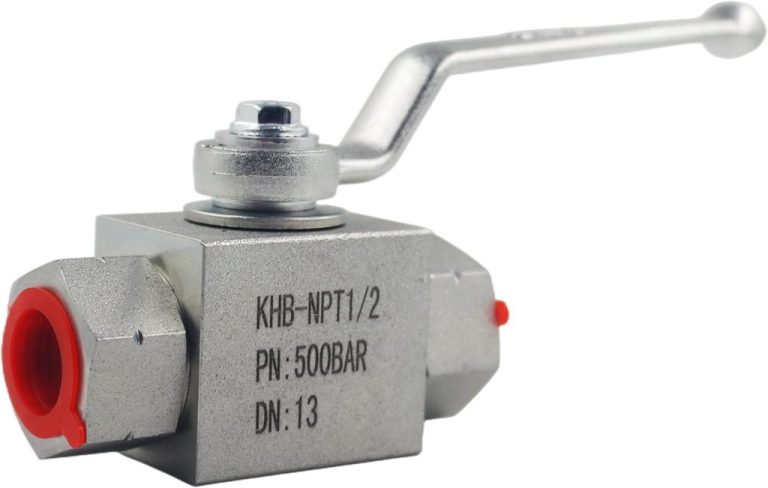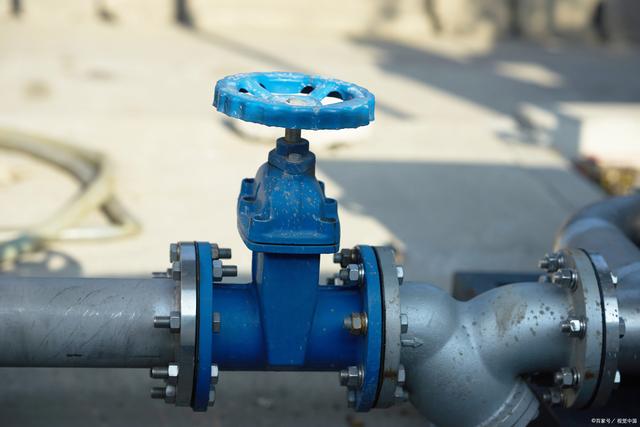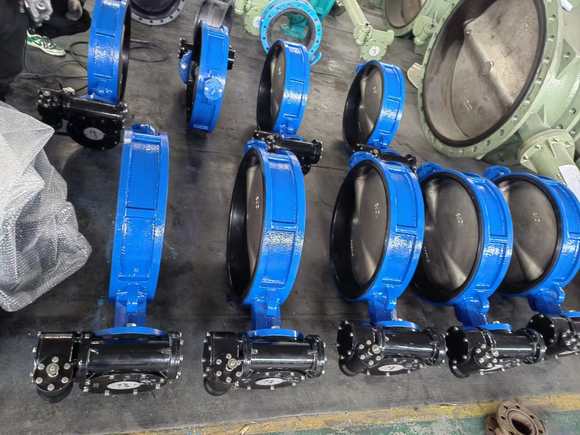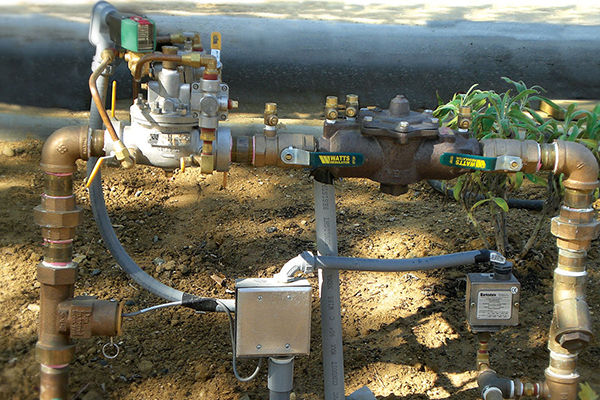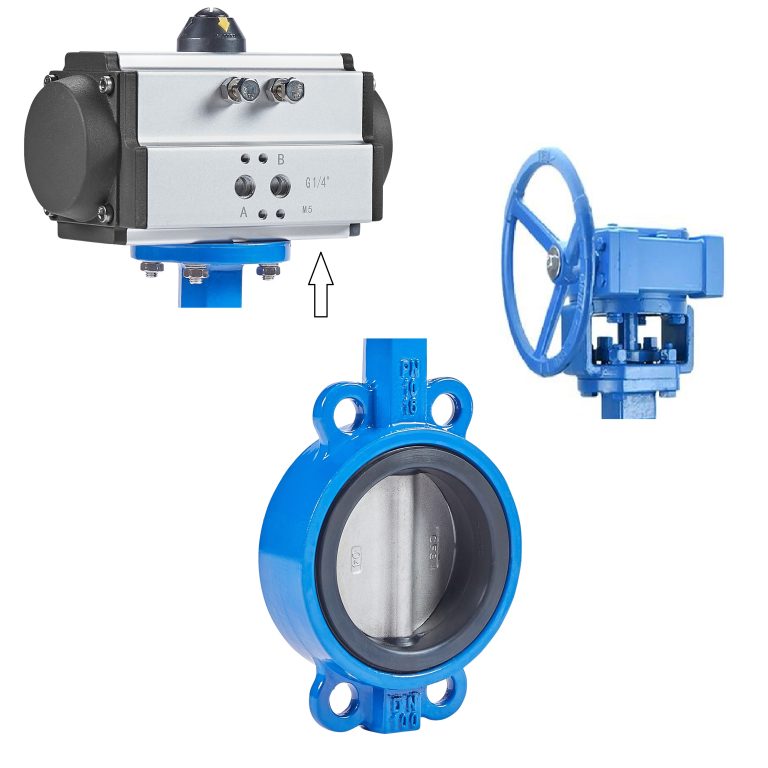The Main Differences Between Pressure Reducing Valves and Safety Valves
Safety valves and pressure reducing valves are distinct. Safety valves are primarily used to protect equipment and personnel safety, while pressure reducing valves are mainly for controlling fluid pressure.
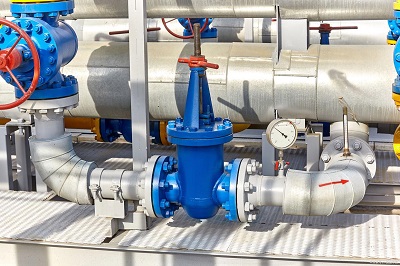
1. Concepts of Pressure Reducing Valves and Safety Valves.
1.1 What is a Pressure Reducing Valve?
A pressure reducing valve is a valve that reduces the inlet pressure to a required outlet pressure through adjustment and automatically maintains the outlet pressure stable by relying on the energy of the medium itself. From the perspective of fluid mechanics, a pressure reducing valve is a throttling element with variable local resistance. It achieves the purpose of pressure reduction by changing the throttling area to alter the flow velocity and kinetic energy of the fluid, resulting in different pressure losses. Then, relying on the adjustment of the control and regulation system, the fluctuation of the pressure after the valve is balanced with the spring force, so that the pressure after the valve is maintained constant within a certain error range.
1.2 What is a Safety Valve?
A safety valve is a special valve where the opening and closing part is in a normally closed state under the action of external force. When the pressure of the medium in the equipment or pipeline rises above a specified value, it discharges the medium to the outside of the system to prevent the pressure of the medium in the pipeline or equipment from exceeding the specified value. Safety valves belong to the category of automatic valves and are mainly used in boilers, pressure vessels and pipelines to control the pressure not to exceed the specified value, playing an important protective role in personal safety and equipment operation.
2. Main Differences Between Pressure Relief Valve and Safety Valve.
- A pressure reducing valve is a device that reduces a medium with high pressure to one with low pressure. Its characteristic is to maintain the pressure and temperature values at the outlet within a certain range when the inlet pressure changes continuously.
- A safety valve is a valve used to prevent equipment such as boilers and pressure vessels or pipelines from being damaged due to overpressure. When the pressure is slightly higher than the normal working pressure, the safety valve opens automatically to reduce the pressure. When the pressure is slightly lower than the normal working pressure, the safety valve closes automatically to stop the discharge of fluid and maintain sealing. In simple terms, a safety valve is used to prevent the pressure of the system from exceeding a certain value and mainly serves to protect the system. A pressure reducing valve reduces the pressure of the system from high pressure to a suitable required value, and its outlet pressure is within a range, as long as it is within this range, it is acceptable.
- Safety valves and pressure reducing valves are two types of valves and are special-purpose valves. Among them, safety valves belong to safety relief devices and are special-purpose valves that only act when the working pressure exceeds the allowable range to protect the system. Pressure reducing valves belong to process valves, which can reduce the pressure of high-pressure fluid to meet the pressure requirements of the subsequent system, and their working process is continuous.
3. Conclusion
Both safety valves and pressure reducing valves are important valve equipment. Although their functions are different, they can both ensure the safety of equipment and personnel and the stability of the production process. In practical production applications, it is necessary to select appropriate valve equipment according to specific process requirements and equipment characteristics to ensure the safety and stability of production operations.

